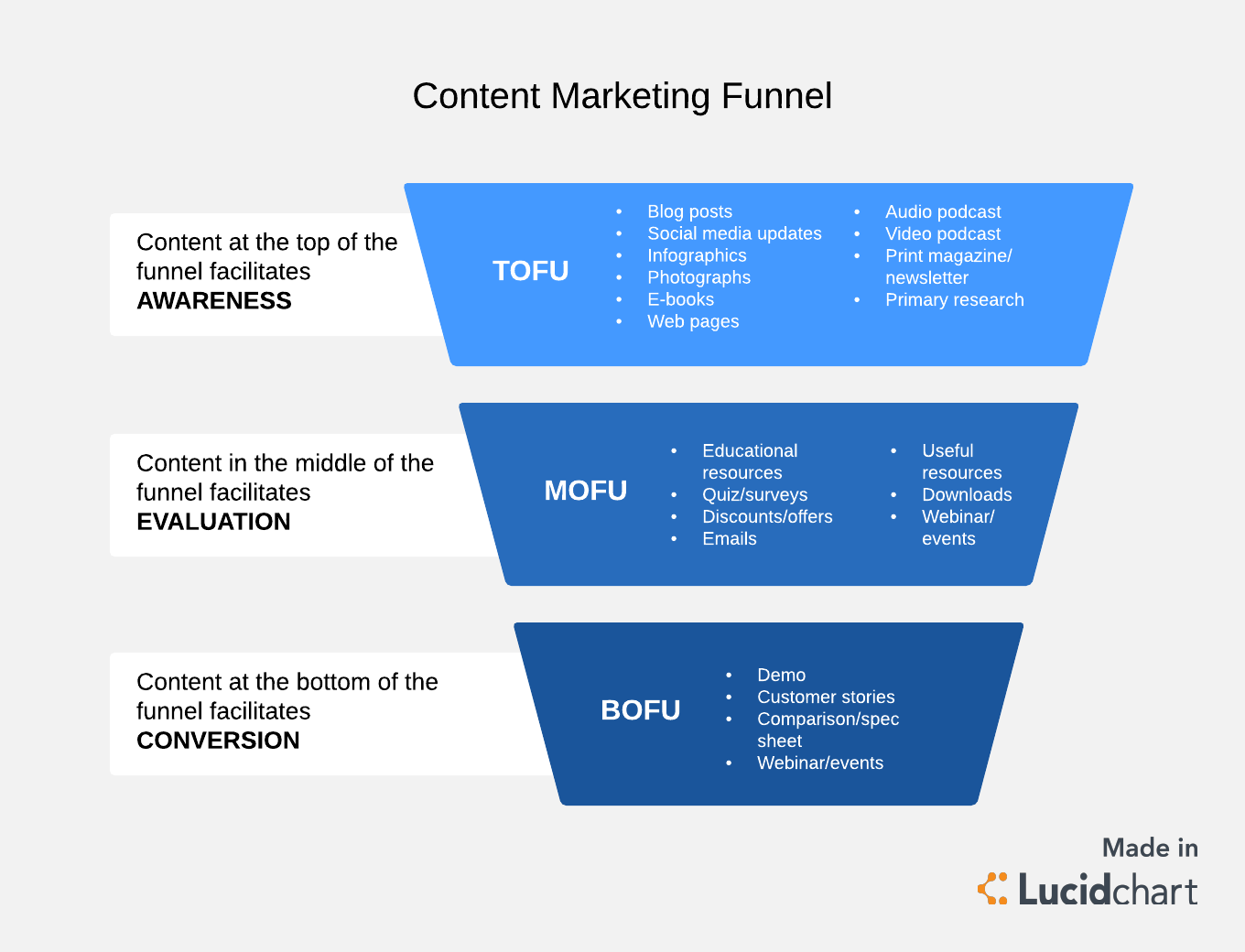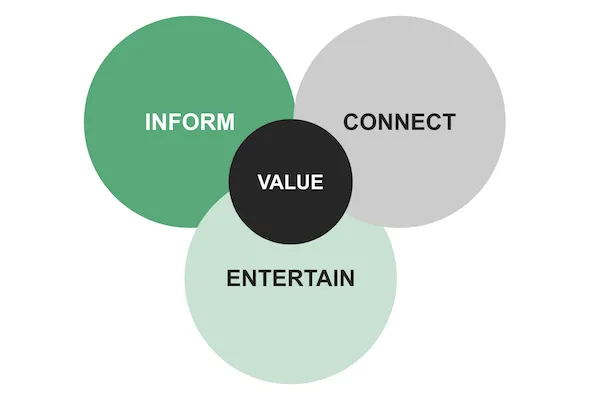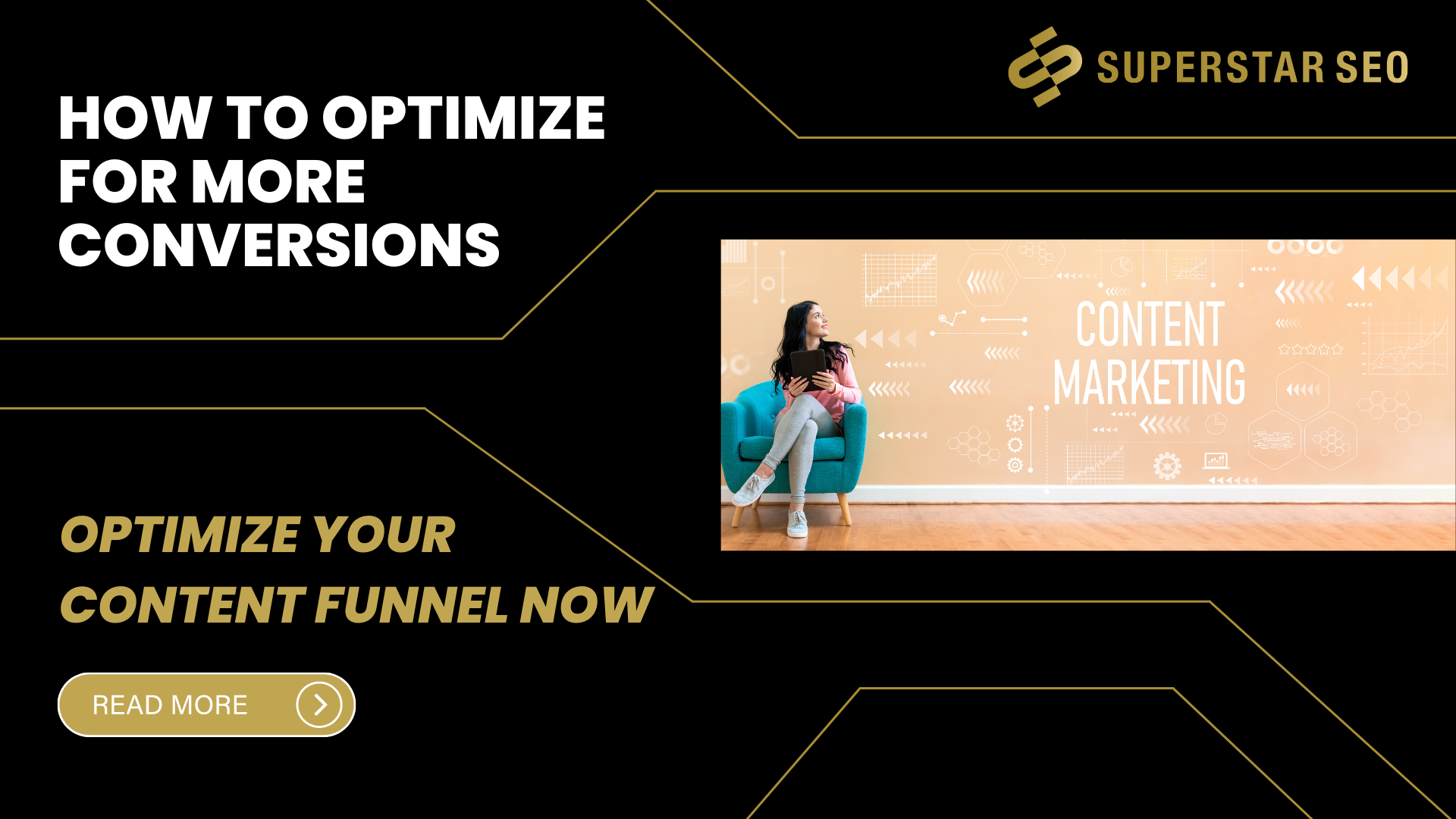How to Optimize Your Content Funnel for More Conversions
According to a Semrush report, the top challenges faced by content marketers correlate with the content funnel stages. The content funnel is a visual representation of all your audience’s steps on their journey to becoming a customer.
It’s a choreography of everything that happens between them finding you, reading your content, and engaging with your brand.
It is similar to a sales funnel, but it focuses on content instead of products and services.
The purpose of a content marketing funnel is to help you convert more website visitors into leads, subscribers, and customers.
This can be done through email marketing, social media, and blog posts — or any combination thereof.
It’s a great way to get people to engage with your content and ultimately purchase from you.
This guide will walk you through how to create a content marketing funnel and optimize it so that it reaches the right audience at the right time by effectively utilizing conversion funnels.
What is Conversion Funnel?
The conversion funnel represents the journey a potential customer takes from their first interaction with a brand to becoming a loyal customer. By visualizing and optimizing this journey, businesses can improve lead generation, conversion rates, and ultimately, return on investment (ROI).
It is a pathway guiding your target audience from their initial discovery of your product or service to becoming repeat customers.
Each stage of the funnel has its unique goals and conversion rates and it’s essential to deliver targeted messages and valuable content at every level. Addressing user pain points is crucial in creating persuasive supporting content that highlights the benefits of your products or services. Let’s explore how to maximize results at each stage.
The Stages of the Conversion Funnel
The conversion funnel generally consists of four primary stages, often referred to as the AIDA model: Awareness, Interest, Desire, and Action. Each stage requires tailored strategies to effectively capture and convert leads.
- Awareness: At the top of the funnel, potential customers become aware of your brand or product through ads, content marketing, or social media. The goal here is to grab attention and make a memorable first impression.
- Interest: In the interest stage, prospects learn more about what you offer. Content like blog posts, email newsletters, or informative videos helps build curiosity and interest, moving prospects to consider your solutions further.
- Consideration: At this stage, prospects evaluate their options and compare solutions. Providing detailed information like case studies, product demos, or customer reviews can reinforce why your brand is the best choice.
- Conversion: In the final stage, prospects take action, making a purchase or signing up. Optimizing the user experience, simplifying checkout, and offering clear calls-to-action encourage users to complete their journey as customers.
Understanding Your Target Audience
Identifying Prospective Customers
Identifying prospective customers involves researching and analyzing your target audience to understand their needs, preferences, and behaviors. This can be achieved through various methods such as market research, customer surveys, and social media listening. By identifying prospective customers, you can create content that resonates with them and addresses their pain points. This targeted approach ensures that your content is relevant and valuable, increasing the likelihood of converting these prospects into loyal customers.
Segmenting Your Target Audience
Segmenting your target audience involves dividing your prospective customers into smaller groups based on their demographics, interests, and behaviors. This segmentation allows you to create highly targeted content that speaks to the specific needs and concerns of each group. By tailoring your marketing strategies to each segment, you can enhance the effectiveness of your content funnel, ensuring that each piece of content is relevant and engaging for its intended audience.
Creating Buyer Personas
Creating buyer personas involves developing detailed profiles of your ideal customers. These profiles include demographic information such as age, gender, and income, as well as psychographic details like buying habits, lifestyles, goals, and motivations. By creating buyer personas, you gain a deeper understanding of your target audience, allowing you to craft content that speaks directly to their needs and concerns. This personalized approach not only improves the effectiveness of your content funnel but also fosters stronger connections with your audience, driving more conversions and building customer loyalty.
Optimizing Your Content Funnel
1. Top of the Funnel: Leverage Behavior Data in the Customer Journey
Marketing content funnel strategy is the sales process of determining your next steps based on what your buyer journey and user behavior data are telling you.
If you are using an intent-based keyword strategy, optimize your content funnel by basing your decisions on the most recent buyer journey and user behavior data.
The most important thing to remember is that your content funnel should be built from the bottom up, starting with the most recent customer journey and user behavior data.
It’s all about understanding your readers.
If you’re not sure what that looks like, ask yourself:
What is the most recent buyer journey I have?
Which of my customers are on it?
What are their goals?
How can I make them achieve those goals with my content?
This will help ensure that you’re using the right content for each part of your audience’s journey.
For example, if you have a customer who’s just started using your product, they may not yet be ready to dive into in-depth features or tutorials.
Instead, they might benefit from a list of frequently asked questions or a video walkthrough.

2. Middle of the Funnel: Deliver a Better Experience to Your Target Audience
You have to optimize your content funnel to increase conversion.
To do this, you need to leverage the entire company’s efforts to design content experiences your audience deserves.
It all starts at the top, where awareness is the goal, and it ends at the bottom, where conversions are the goal. Including customer testimonials alongside other persuasive tools like case studies and product demonstrations can significantly enhance your conversion rates.
A well-designed content strategy requires input from all members of your team.
From writers to designers, content strategists should be involved at every stage of the process.
Today, everyone should be part of a content marketing strategy.
If you want people to engage with your brand, they need to know what it stands for and how it makes them feel.
This means creating content that resonates with them — something that will encourage them to share it and link back to you when appropriate.
And what better feedback is there than from your own team.
3. Bottom of the Funnel: Measure the Performance of Your Content
Measure the performance of your content to ensure a stable traffic flow of content that converts.
If your company is new, think about starting with a blog.
Keep in mind that a blog is a form of content marketing, so you should monitor and measure the ROI of your efforts to optimize your content funnel strategy.
Once you’ve established an audience through your blog, experiment with other types of content to see what works best for your audience.
You also have to be able to see the bigger picture.
For that, analyze your content and its historical performance in thematic clusters.
Group your similar posts together under common topics, gather data on blog performance, and align all your stakeholders on the insights you’ve gathered.
Then, stop focusing your efforts on themes or topics that don’t generate business results.
So, if you see something constantly outperforming in traffic and leads, repurpose some of them into your bottom-of-the-funnel content offer to convert satisfied customers.
You can use Google Search Console or Google Analytics to collect useful data about keywords or your website: what’s working and what’s not.

Best Practices for Long-Term Funnel Optimization Success
Effective conversion funnel optimization relies on ongoing improvements and aligning your marketing strategies with specific stages of the funnel. Here are some quick tips:
- Run A/B Tests: Experiment with different landing pages, headlines, and calls to action at each funnel stage to find what resonates best.
- Regularly Update Content: Keep information relevant by revising and updating content based on user feedback, industry changes, and performance metrics.
- Analyze User Behavior: Use tools like Google Analytics to understand user flow and identify drop-off points for conversion funnel optimization.
- Monitor Metrics Continuously: Use KPIs such as bounce rate, conversion rate, and customer acquisition cost (CAC) to measure funnel performance and identify areas for improvement.
Conclusion
Marketing content funnel strategy is the key to converting more organic traffic into potential customers.
To optimize your marketing content funnel, create a robust marketing content strategy before you start creating any copy or images.
You need a plan to find out what content your prospective customers are looking for and then deliver it in the most relevant way possible.





